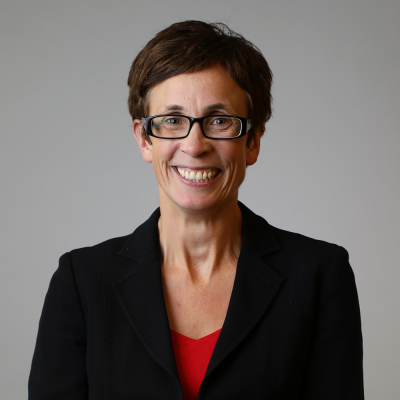Safety in the NHS: it’s time to be brave
24 June 2014

Today, new safety data will be published on the NHS Choices website. The data will cover various aspects of safety at individual organisations – data that has not been previously easily accessible to the public.
This is a positive shift to greater transparency, following in the footsteps of organisations and individuals that have demonstrated bravery in stepping out first to be more open. The principle of the NHS being open to greater scrutiny in this way is self-evidently noble and appealing.
Thinking about the coverage this data might prompt brought to mind for me a completely separate debate that was raging a couple of months ago. As a committed feminist I was interested to follow discussions about the #nomakeupselfie trend earlier this year. For those of you who missed it, people ‘bravely’ shared barefaced pictures of themselves without any make-up on social media – a move which was adopted by cancer charities as a fundraising mechanism, with massive take up. While few would dispute the goal of tackling cancer, many suggested that it reinforced society’s seemingly prevailing assumption that women needed to be brave to not wear make up.
Just as the #nomakeupselfie campaign prompted wider debate, I think it is worth using the launch of the new NHS Choices web pages to draw out some of the complexities of safety data transparency.
Firstly, whilst there are high-profile examples of profound problems with care that are then covered up – such as the Titcombe family’s experience at Morecombe Bay, or organisations deliberately distorting waiting time reports – generally it is wrong to think of this as widespread. With perhaps a few exceptions of deeply troubled organisations, it is not the case that trusts see their true selves to be deeply unsafe yet continue to cover this up through pure self-preservation.
There is generally no simple truth about the state of safety that could be revealed if only we stripped away the cover up. Rather, there is a more complex reality playing out within organisations where people:
- genuinely cannot see the safety challenges within services because the data is inadequate or triangulation is difficult
- know that services are unsafe to an extent, but make a choice (either implicitly or explicitly) that to make the shortfall in safety visible would do greater harm than good.
The health care system and the public currently make all sorts of relatively crude judgements about care based on the information available, and take action that has significant consequences as a result. This in turn means leaders need to make daily judgements about whether an opportunity for greater transparency will prompt helpful debate and change, or whether it might lead to unhelpful heat rather than light.
Hearing from sites involved in our Safer Clinical Systems programme has given me fresh insight into the bravery involved in actively seeking out and highlighting a more comprehensive view of risk and harm. The programme worked with eight teams who did an unprecedented analysis of risks and the underpinning causal factors along pathways within their organisations. This generated a level of data organisations don’t commonly have to confront.
While committed to the value of this new insight, the idea of presenting a richer picture to their board (and thereby making it visible to regulators and the public) raised concerns that these audiences may fail to grasp the nature and extent of harm generally in health care, and may respond in ways that could be actively unhelpful. I wonder how many leaders in organisations today are somewhat anxious about how newly public data about their organisation will be received?
If we want to encourage a more open and comprehensive view of safety to be the norm (and how else will we avoid events like Mid Staffs in the future?), exposing current data to wider scrutiny is not enough.
We need greater public recognition and political acknowledgement that we currently have only a partial understanding of the safety of the services we provide.
The bravery that is called for from leaders at all levels is to own up to the complexity and extent of both what we know and don’t know, and use this to engage in a more productive debate about the safety of care.
Penny is an Assistant Director at the Health Foundation, www.twitter.com/PennyPereira1
Work with us
We look for talented and passionate individuals as everyone at the Health Foundation has an important role to play.
View current vacanciesThe Q community
Q is an initiative connecting people with improvement expertise across the UK.
Find out more

